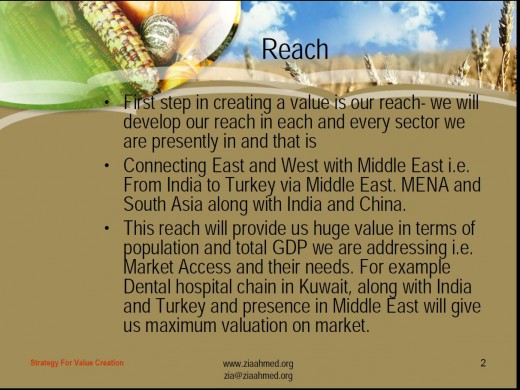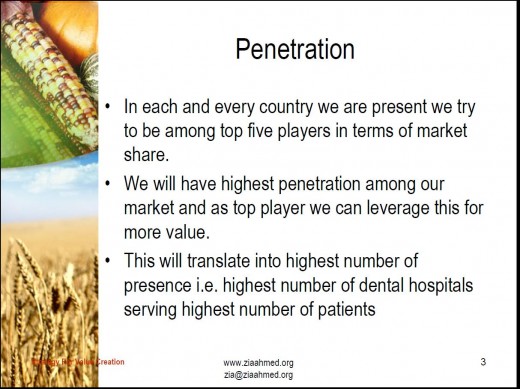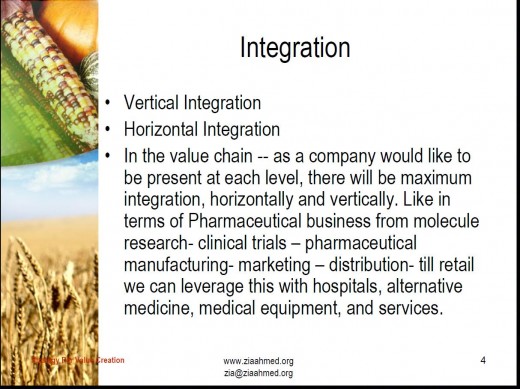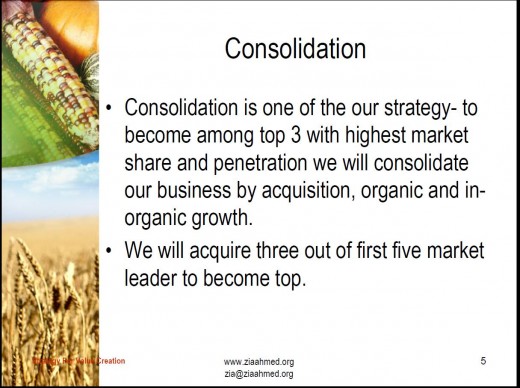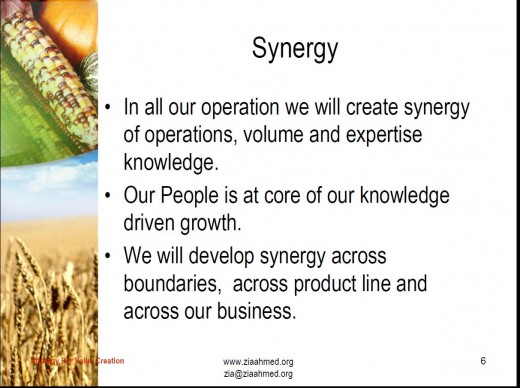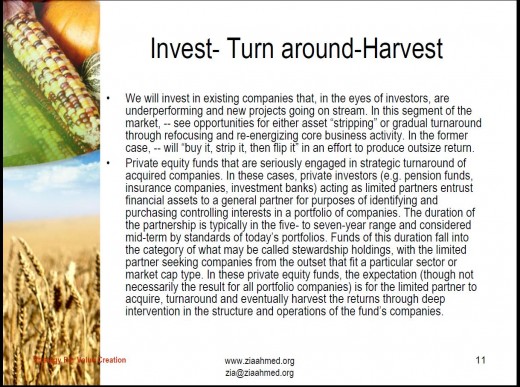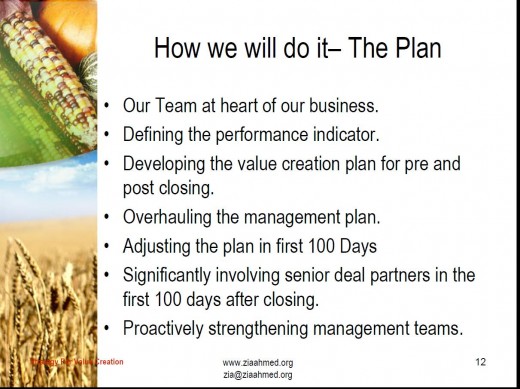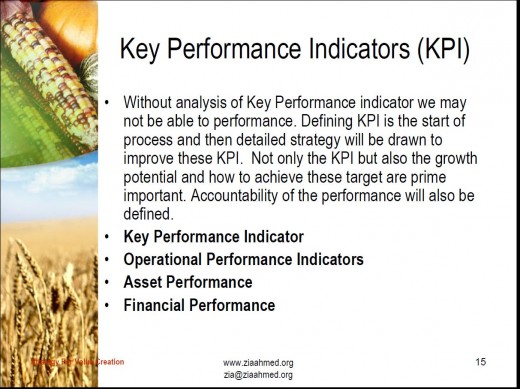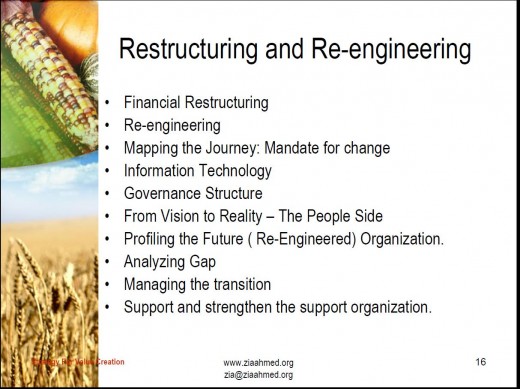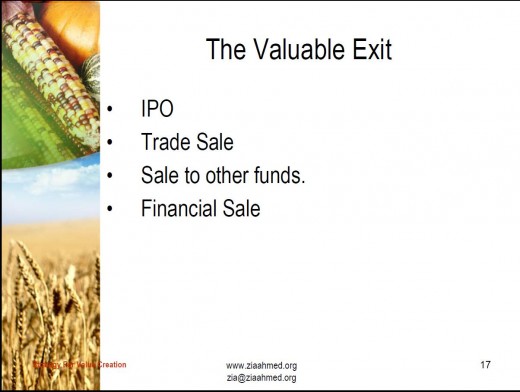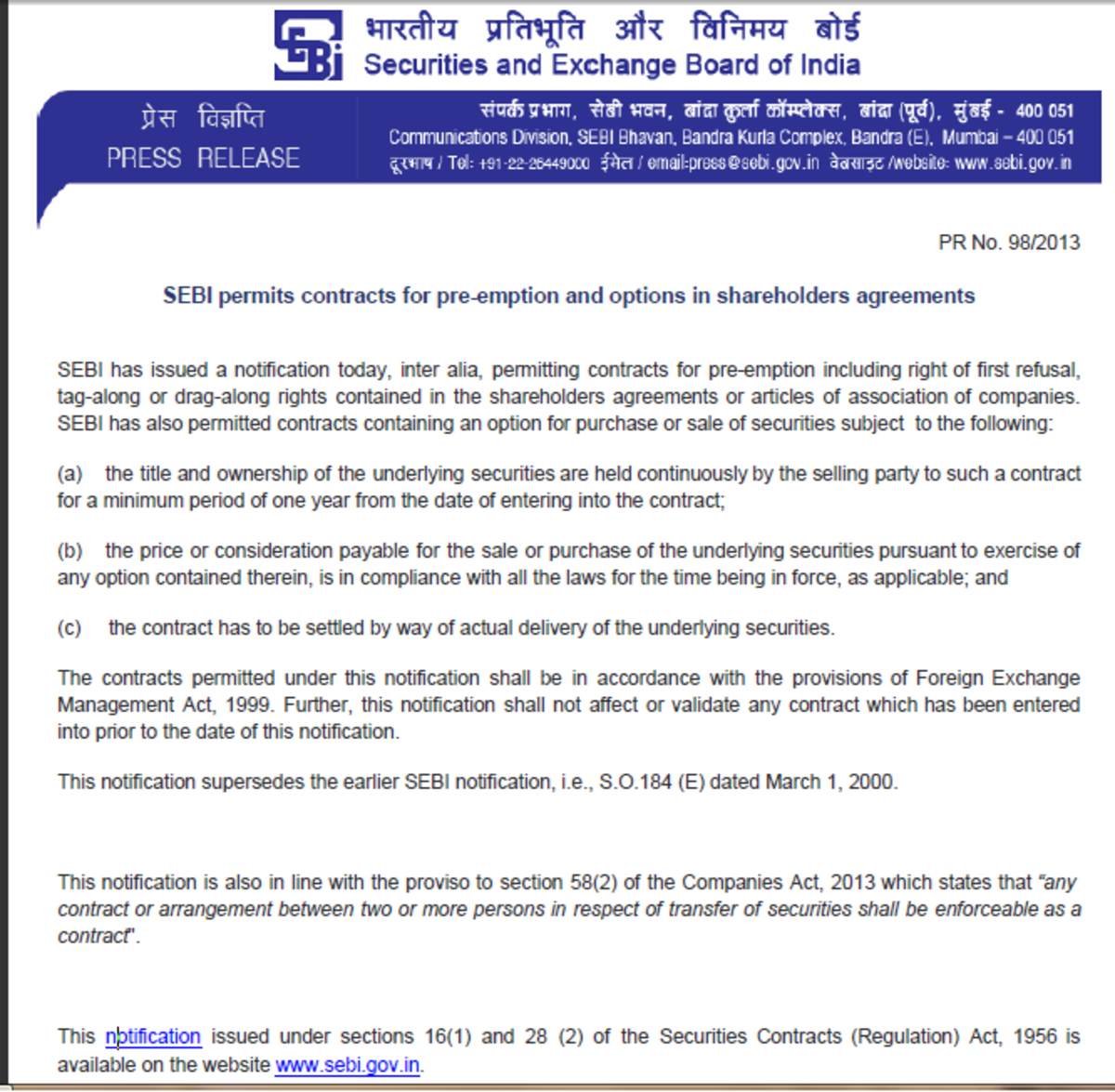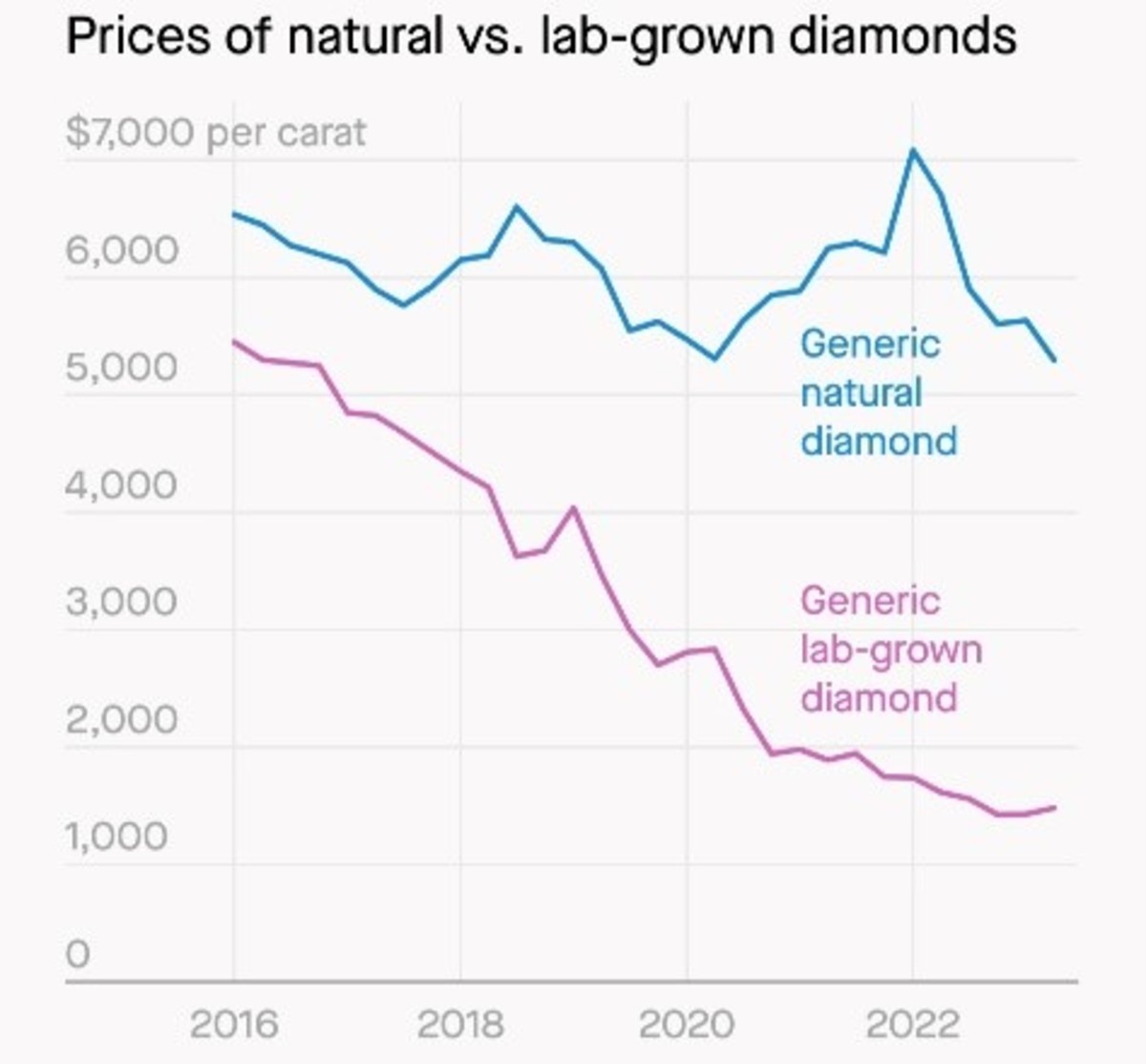What is Value Creation in Acquisition
Turnaround to Success
How to Create Value in Acquisition
1. Introduction
Invest Turnaround and Harvest
Private Equity will invest in existing companies that, in the eyes of investors, are underperforming and new green field, brown field opportunities with huge growth potential. In this segment of the market, Private Equity see opportunities for either asset “stripping” or gradual turnaround through refocusing and re-energizing core business activity. In the former case, Private Equity will “buy it, strip it, then flip it” in an effort to produce outsize return.
Lifecycle of Investment
At first, the work of the Private Equity is to begin building the fund’s portfolio consistent with its investment objectives. While investing evaluation criteria will be as below.
Quality of management
Capacity to take on debt
Revenue prospects
Quality of historical earnings
Competitive advantage and disadvantage / Critical Success factors, Key Performance Indicators
Hidden liabilities
During the portfolio building phase, strategic goals are set for each company at the time of the investment.
Phase 2 implementation begins as soon as practicable. As companies are added to a portfolio, changes begin — in top management, in strategic direction, in product focus and in other areas critical to a successful turnaround. New managers will be brought on board with very modest salaries but with powerful incentives in the form of stock options that may increase dramatically in value as the turnaround begins.
2. How we will do it- the plan
Strategy for Value Creation
Performance is the key factor. How we are going to perform at Private Equity Investment. What is our strategy and how we plan to deliver the best results. This thing can be summarized in the following five points. These are the points at the heart of our value creation and making the things happen as it should be.
- Our Team at the heart of our business
- Second is defining the performance indicator
- Developing a value creation plan pre and post closing
- Overhauling the management plan
- Adjusting the plan in the first 100 days
- Significantly involving senior deal partners in the first 100 days after closing
- Proactively strengthening management teams
3. The Evaluation of Investment
- Doing the best deal - how to win
- Cost effective due diligence
- Capturing value post deal
4. Identification of Key performance Indicator (KPI) –
Without analysis of Key Performance indicator we may not be able to performance. Defining KPI is the start of process and then detailed strategy will be drawn to improve these KPI’s. Not only the KPI but also the growth potential and how to achieve these target are prime important. Accountability of the performance will also be defined.
Key Performance Indicator
Operational Performance Indicators
Asset Performance
Financial Performance
5. Restructuring and Re-engineering
Equip with detailed drawn plan and defined performance indicator is phase where execution will start. Getting the capital at right time at good conditions is important. Private Equity investment with capital and relation with financial world is in a strong position to fulfill the long term financial requirement for the port. With money at hand and clear development plan execution will start. Cost benefit ratio and analysis of each and every activity will be carried out at the same time SWOT will also be carried out. To deliver maximum result TQM (Total Quality Management) will be implemented. Phase three is basically Restructuring and Re-engineering.
5.1. Financial Restructuring
Financial difficulty can creep up on a company, only to be noticed when it's almost too late. While running the day-to-day affairs, it's easy to become busy to the point of overlooking small issues. Over time, these issues can add up and grow, until the company is facing a crisis they never saw coming.
Potential issues
· Cash pressure or liquidity shortfall
· Actual or potential breach of covenant
· Pensions deficit
· Credit ratings downgrade
· Over leveraged
· Debt trading at “distressed” levels
5.2. Mapping the Journey: Mandate for Change
While you can't plan totally all the changes associated with re-engineering, experience has taught that there are a number of prerequisites and recurring themes that are associated with organizations that have re-engineered successfully:
· Vision and guiding principles
· Leadership
· Case for Action
· Buy-In and Commitment from Employees
· Emphasis on Communication and Culture
· Quick Hits
· Information Technology
· Governance Structure
5.3. Information Technology
5.4. Governance Structure
5.5. From Vision To Reality - The People Side
What we are doing is 5% technology and 95% change in culture
The vision of client-centered service that puts people - clients, stakeholders and employees -at the centre must be paramount. "Where you are now" must also be quite clear. The vision must be supported by people principles that guide the human resource aspects of the re-engineering activities.
Employees, their involvement, development and commitment, will be critical to successful business renewal.
5.6. Profiling the Future (Re-Engineered) Organization
A similar exercise is required to identify the shape and characteristics of the emerging organization and workforce. This is a more difficult exercise and will have to be based on the vision of the new organization in terms of its shape, size and skills requirements, and the re-engineered processes. Refinements will have to be made as the project progresses.
5.7. Analyzing the Gap
5.8. Managing the Transition
Transition is a time of "passage", when people are apt to carry around some of the baggage of their past, as well as feel the first stirrings of their future. It is also a time when employees have to face a number of challenges as old processes and ways of doing business make way for the new.
Support and Strengthen the Corporate Management Team
6. The valuable exit
Exit the final phase of our strategy
1. IPO
2. Trade Sale
3. Sale to other funds.
4. Financial Sale
Value Creation Strategy

